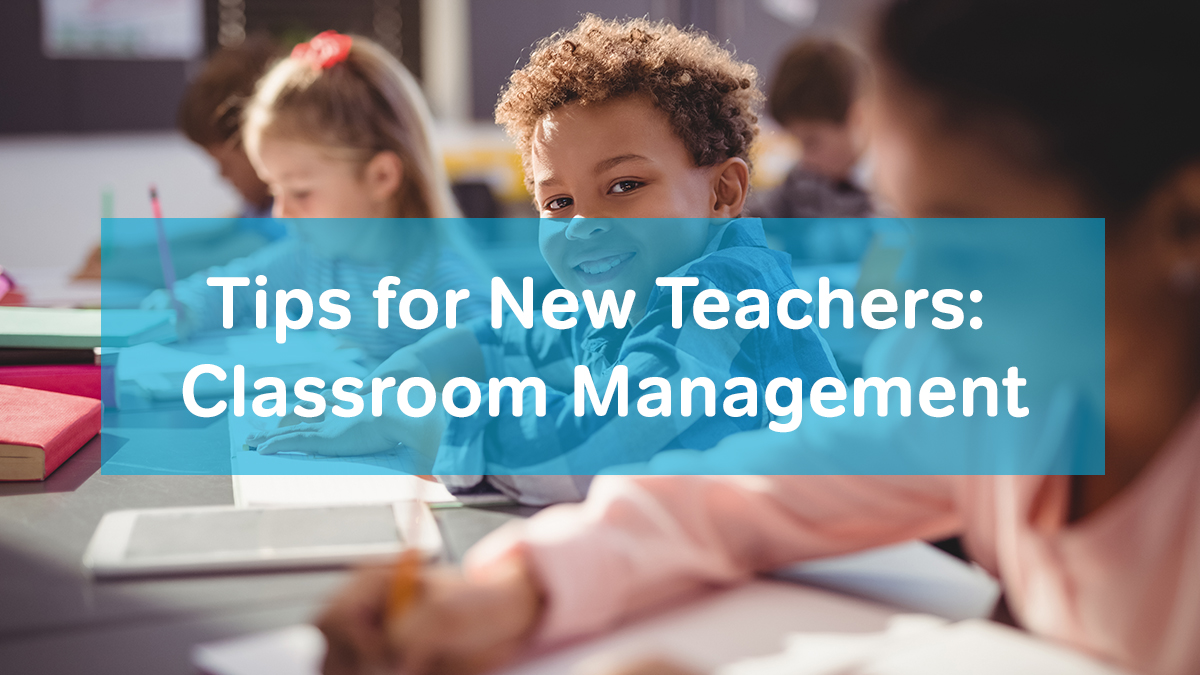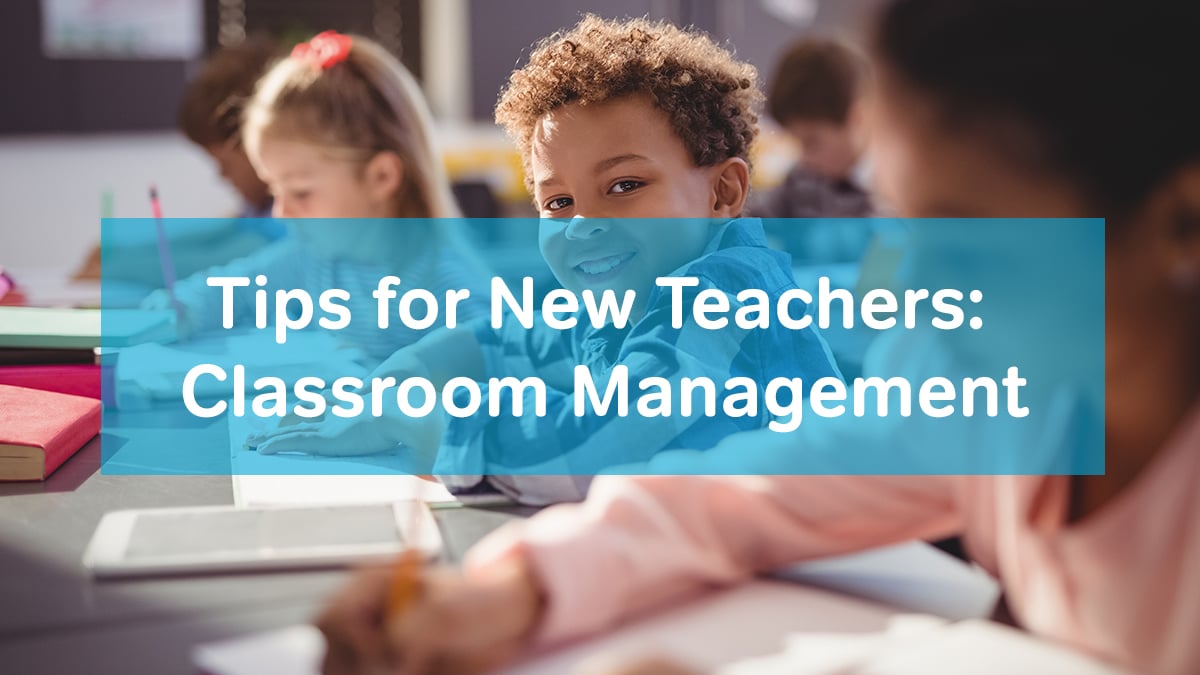
For a new teacher, nothing’s more terrifying than an out-of-control classroom. Veteran teachers don’t care for this situation either, but new teachers tend to be most vulnerable to losing control. This is understandable because classroom management is a complex art, a skill that is built and refined throughout a teacher’s career. Still there are things that first-year teachers can do to minimize chaos in the classroom and maximize their control over the teaching-learning process. So if you're setting personal goals, and one of them is to have a well managed classroom, here are three tips that should help.

Tip #1: Use Eye Contact with Your Students
Eye contact is a powerful thing, and something that must be used strategically in any social setting. Using eye contact in the right way is especially useful when you’re staring out in a classroom full of kids. Make sure that your gaze sweeps across the room. Try to move your eye contact left and right, front to back, in an even rotation, so that you look each student in the eye repeatedly whenever you’re at the front of the class.
This sweeping gaze alone will keep many students attentive and well-behaved. If students have the sense that your eyes are on them, they’re more likely to feel invested in what you’re saying. They’re also more likely to think that if they misbehave or stop paying attention, you’ll notice.
Of course, if your wide-sweeping eye contact is completely mechanical and routine, students will eventually realize it. They’ll know that you’re not really making an effort to notice each and every one of them. This is where reactive eye contact becomes important. Which brings us to the next tip.
Tip #2: Notice What Your Students Are Doing and React to It
Reactive eye contact is just what it sounds like. It is using your eyes to react to things you notice as you let your eyes move across the room. If you see two students talking to each other or see a student who is inattentive, your gaze should stop on them. The whole class will quickly notice where you’re looking, and this kind of sudden shift in attention will often bring wayward students back in line. Reactive eye contact can reinforce good student behavior too. When you notice that a student appears to have a comment to make or seems really interested, look at them and invite their participation.
Reactive classroom management is just as beneficial during the times when you’re not at the front of the room talking. When your students are doing group work, individual work, or other activities that don’t directly involve listening to you, don’t just sweep your eyes around the room—walk around the whole room and be among your students as they work. Notice what they’re doing and respond to it by giving them advice and feedback. And be attentive to students who need extra direction and may be looking for your help.
Tip #3: Set Down Clear, Universally Known Classroom Rules
Rules are an important part of order in just about any setting. Laying out the rules at the beginning of a class doesn’t guarantee that students will follow the rules all of the time. However, it does give the class sense of purpose and focus as a group. Shared rules give students a feeling of mutual belonging and community responsibility.
So when you explain the rules of class conduct on the first day of school, don’t just talk at your students. Invite questions and comments on the rules, and have a real discussion. Be willing to hear out students who may disagree with the rules or question their purpose.
In fact, ideally, the exact code your students follow should be decided by the class as a group. Give your students the ability to shape the class rules (within reason of course), and they’re much more likely to feel invested in the rules and want to follow them.



